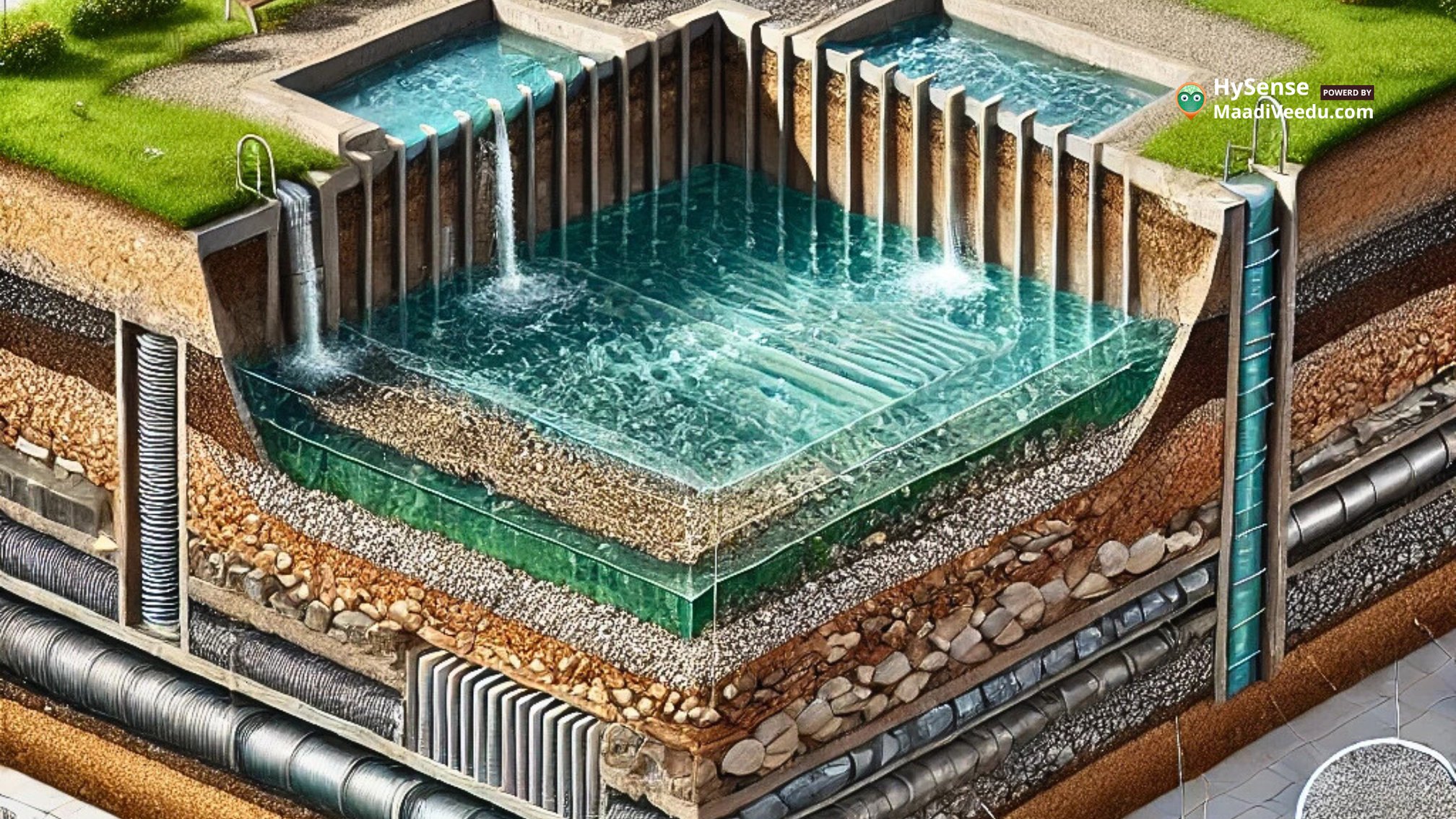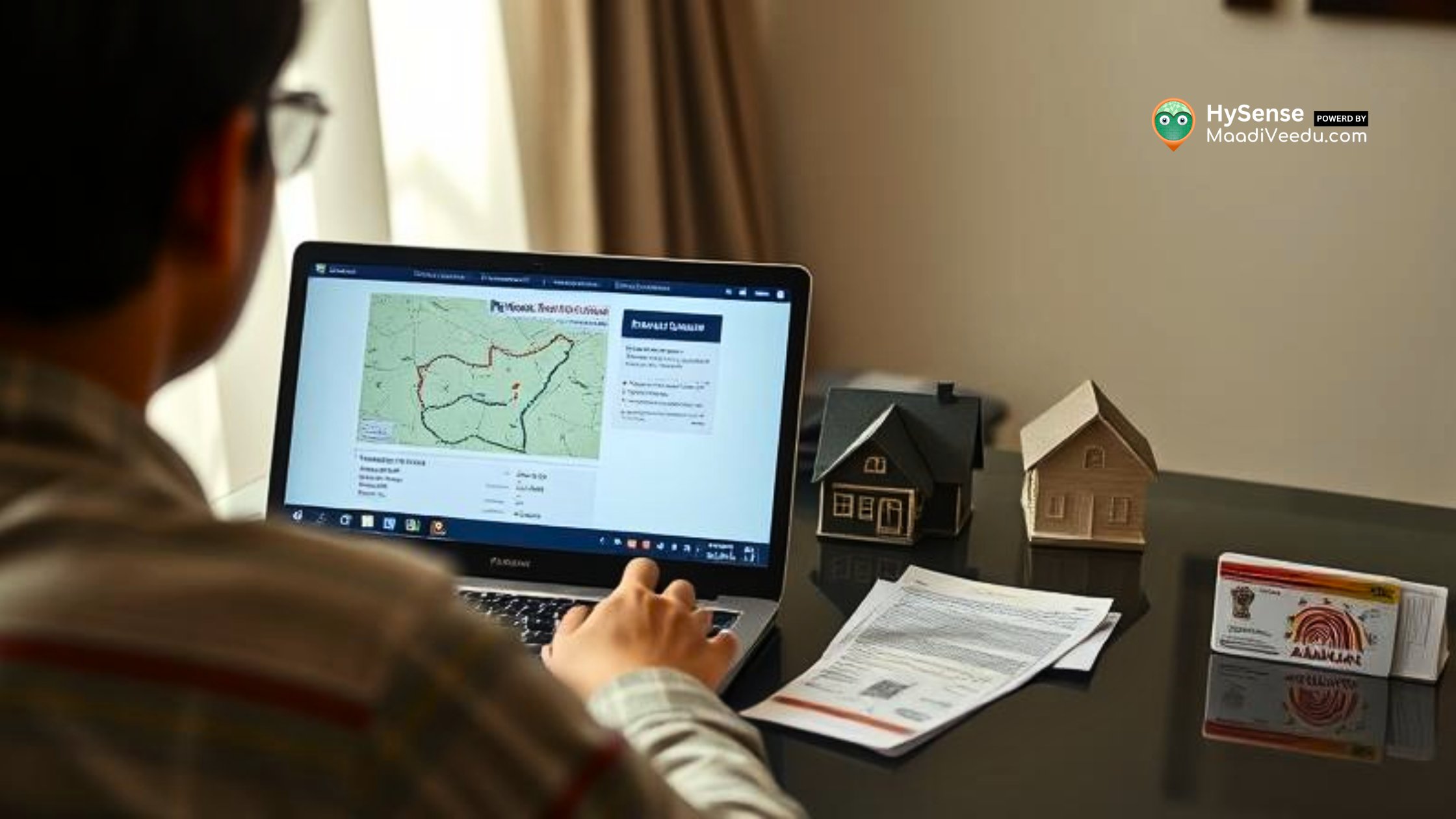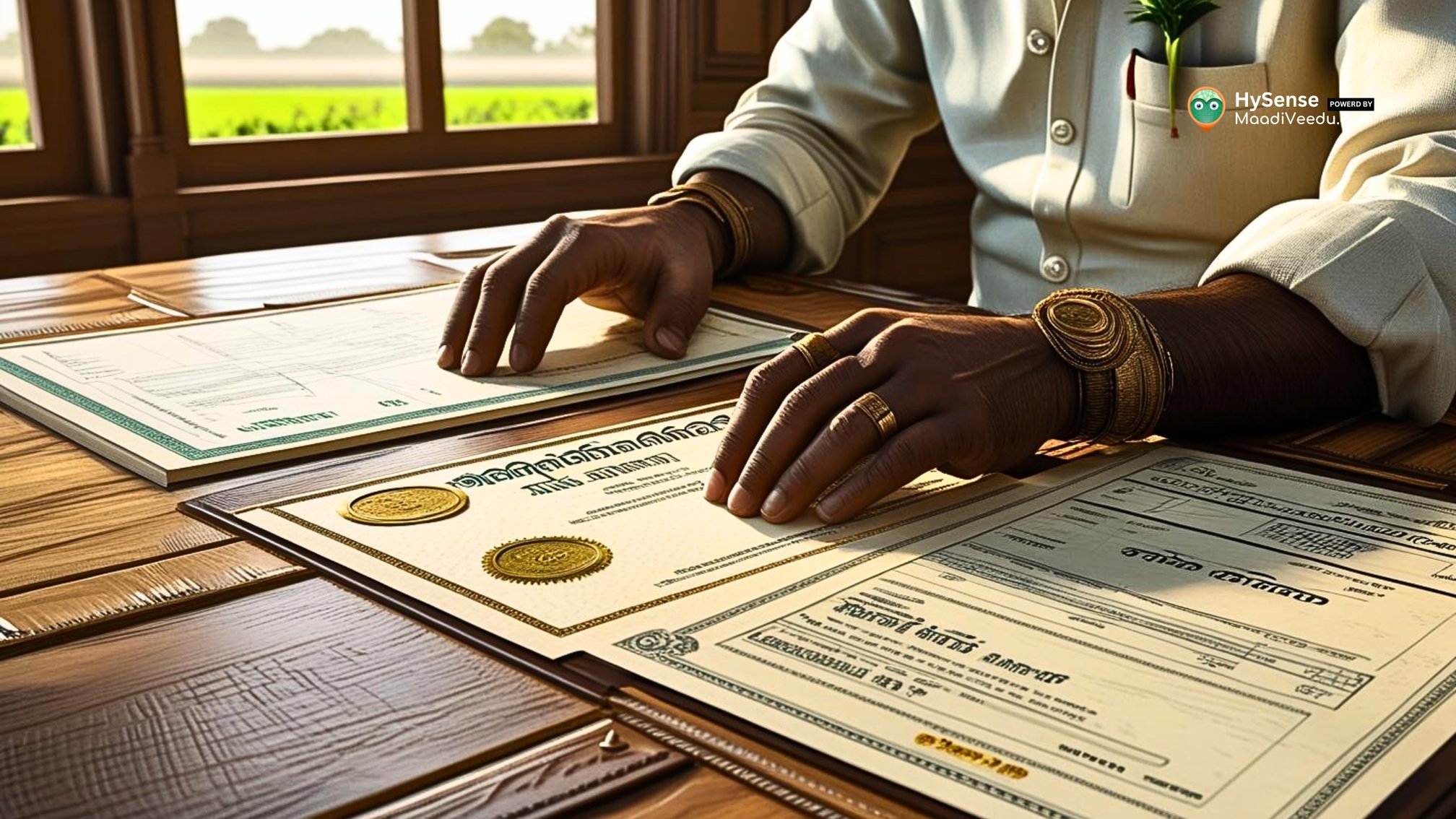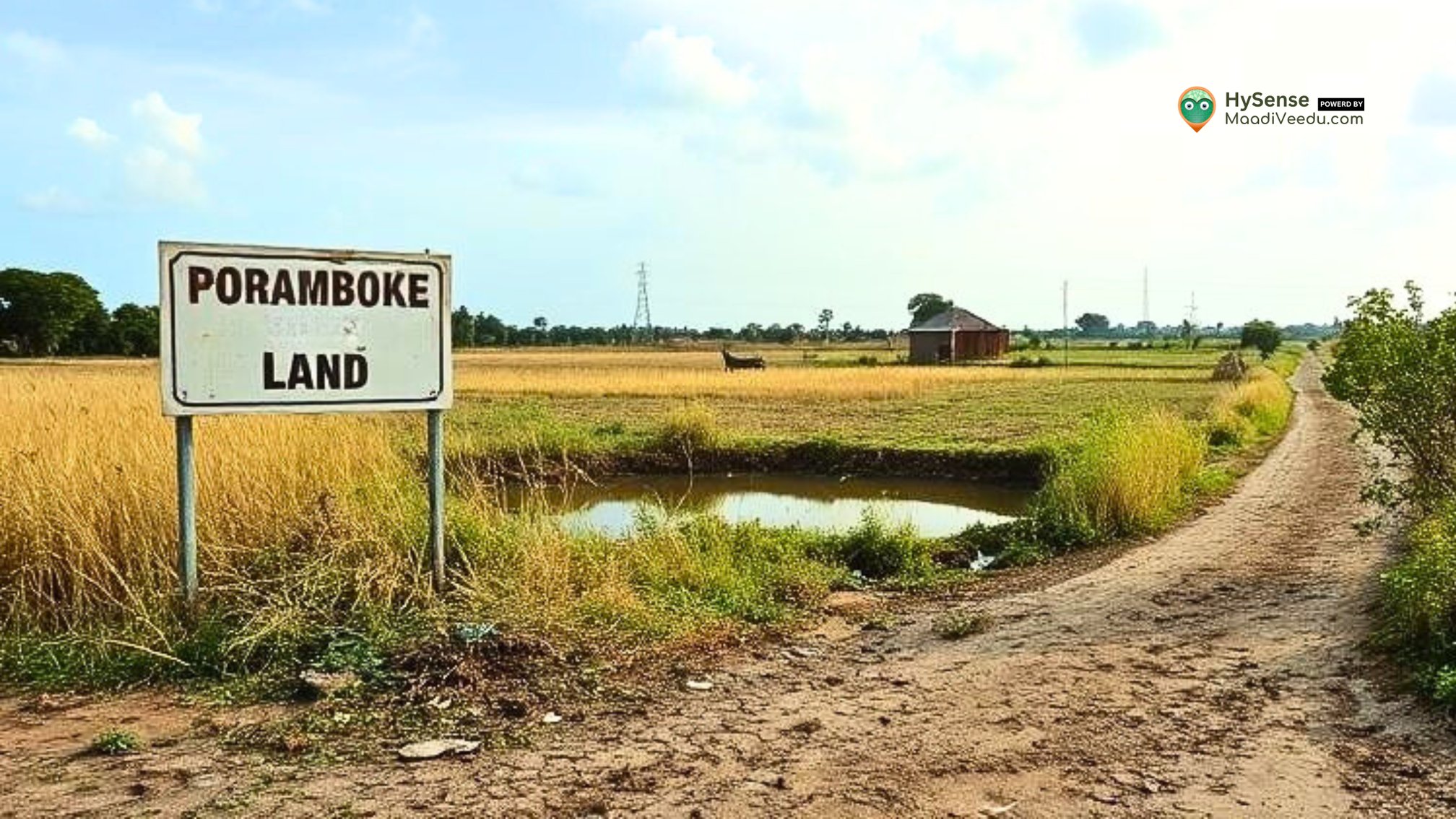Depth of a Soak Pit - 5 Important Factors for Perfect - Design
Learn how to design the perfect soak pit with simple tips! Ensure safe wastewater drainage, protect the environment, and avoid costly mistakes. Start now!

Table of Contents
Introduction
The depth of a soak pit is very important for managing wastewater. A well-made soak pit helps water drain and filter into the soil properly. It helps manage wastewater from homes and industries. To design a perfect soak pit, you need to understand key factors that affect its depth. This blog will explain five important factors to help you design an efficient and safe soak pit. know more
What is a Soak Pit?
A soak pit - also called a leach pit - is a simple system to treat wastewater. It lets wastewater slowly soak into the soil, where it gets filtered naturally. A good soak pit prevents water from overflowing and keeps the environment safe. To design a proper soak pit, you must think about the type of soil, groundwater level, and how much water it needs to handle.
1. Soil Permeability - How It Affects Soak Pit Depth
Soil permeability is one of the most important factors. It means how easily water can pass through the soil. This decides how deep the soak pit needs to be.
What is Soil Permeability?
Soil permeability is how fast water moves through soil pores. It is measured in units like centimeters per second or inches per hour. Based on permeability, soils are divided into:
- High Permeability: Sandy or gravelly soils that let water pass quickly.
- Medium Permeability: Loamy soils that absorb water moderately well.
- Low Permeability: Clay or silty soils that absorb water very slowly.
High Permeability Soils
- Features: Sandy soils are loose and have large spaces between particles.
- Design Tips:
- A shallower soak pit is enough since water drains fast.
- Make sure the soak pit is wide enough to handle peak water flow.
- Regular cleaning prevents blockages from debris.
Low Permeability Soils
- Features: Clayey soils are dense and have tiny spaces, which slows water absorption.
- Design Tips:
- A deeper soak pit is needed to give water time to soak in.
- Use gravel or special fabrics to improve water flow.
- You might need a bigger or more than one soak pit to manage the water load.
Why Soil Testing Matters
Soil testing helps you know the soil’s permeability and other properties like texture and moisture. Testing ensures the soak pit is designed for the specific soil type, improving its performance.
2. Groundwater Level - How It Influences Soak Pit Depth
The level of groundwater is another key factor. If not considered, it can cause problems like contamination or poor drainage.
When Groundwater is High
If groundwater is near the surface:
- Keep the soak pit deep enough to avoid mixing wastewater with clean groundwater.
- Add gravel or sand layers to improve filtration.
When Groundwater is Low
If groundwater is deep:
- A shallower soak pit can work.
- Ensure it is big enough to manage wastewater properly.
What to Do
- Check local groundwater levels before starting.
- Use barriers like waterproof liners if needed to protect groundwater. This keeps the system environmentally safe.
3. Soil Type - Its Role in Soak Pit Design
The type of soil decides how well it can absorb and filter wastewater. Knowing the soil type is crucial for a good soak pit design.
Sandy Soils
- Features: Water drains quickly.
- Design Tip: A shallow soak pit works if it is wide enough to handle the water load.
Clay Soils
- Features: Water drains very slowly.
- Design Tip:
- Use a deeper soak pit to allow time for water absorption.
- Add gravel or pipes to improve drainage.
By matching the soak pit design to the soil type, you ensure better performance and avoid problems like waterlogging.
4. Local Rules - Why They Matter for Soak Pit Depth
Following local rules ensures your soak pit meets legal and environmental standards. Rules usually cover:
- Minimum and maximum depth.
- The type of materials to use.
- The size and location of the soak pit.
How to Follow Rules
- Find out what the local guidelines are.
- Get advice from an expert to make sure your design follows the rules.
- Use safe and eco-friendly materials to improve efficiency and stay within legal limits.
5. Other Factors - What Else Affects Soak Pit Depth?
Some other things also decide the right depth for a soak pit:
Amount of Wastewater
- Large amounts of wastewater need deeper or more soak pits.
- Always plan for extra capacity to handle peak flows.
Pit Design and Construction
- Use strong materials to avoid damage.
- Add layers of gravel or sand for better filtration.
- A well-built soak pit lasts longer and works better.
Regular Maintenance
- Clean the soak pit often to remove debris.
- Check for clogs and repair any problems quickly.
- Proper maintenance keeps the system working smoothly for years.
Conclusion
The depth of a soak pit is very important for wastewater management. By considering factors like soil type, groundwater levels, local rules, and the amount of water, you can design a soak pit that is safe and efficient.
For the best results, consult an expert to make sure your soak pit suits your needs. With good planning and regular care, a soak pit can last a long time and protect the environment effectively.
Dive into a world of inspiring ideas and visuals – see it all here!










